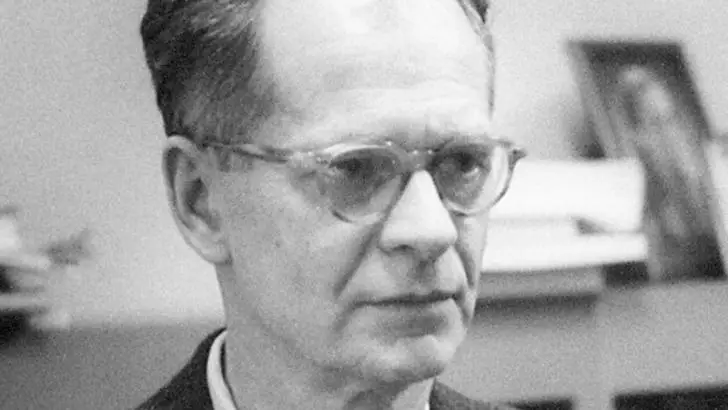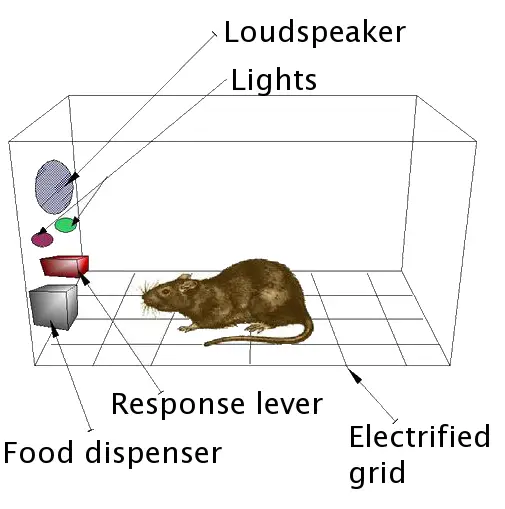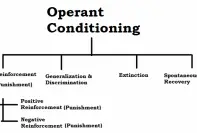After the retirement of John B. Watson from the world of Academic psychology, psychologists and behaviorists were eager to propose new forms of learning other than the classical conditioning. The most important among these theories was Operant Conditioning proposed by Burrhus Frederic Skinner, commonly known as B.F. Skinner.

Skinner based his theory in the simple fact that the study of observable behavior is much simpler than trying to study internal mental events. Skinner’s works concluded a study far less extreme than those of Watson (1913), and it deemed classical conditioning as too simplistic of a theory to be a complete explanation of complex human behavior.
B.F. Skinner is famous for his pioneering research in the field of learning and behavior. He proposed the theory to study complex human behavior by studying the voluntary responses shown by an organism when placed in the certain environment. He named these behaviors or responses as operant. He is also called the father of Operant Conditioning Learning, but he based his theory known as “Law of Effect”, discovered by Edward Thorndike in 1905.
Operant Conditioning Learning
B.F. Skinner proposed his theory on operant conditioning by conducting various experiments on animals. He used a special box known as “Skinner Box” for his experiment on rats.
As the first step to his experiment, he placed a hungry rat inside the Skinner box. The rat was initially inactive inside the box, but gradually as it began to adapt to the environment of the box, it began to explore around. Eventually, the rat discovered a lever, upon pressing which; food was released inside the box. After it filled its hunger, it started exploring the box again, and after a while it pressed the lever for the second time as it grew hungry again. This phenomenon continued for the third, fourth and the fifth time, and after a while, the hungry rat immediately pressed the lever once it was placed in the box. Then the conditioning was deemed to be complete.
Here, the action of pressing the lever is an operant response/behavior, and the food released inside the chamber is the reward. The experiment is also known as Instrumental Conditioning Learning as the response is instrumental in getting food.
This experiment also deals with and explains the effects of positive reinforcement. Upon pressing the lever, the hungry rat was served with food, which filled its hunger; hence, it’s a positive reinforcement.

B.F. Skinner’s Second Experiment
B.F. Skinner also conducted an experiment that explained negative reinforcement. Skinner placed a rat in a chamber in the similar manner, but instead of keeping it hungry, he subjected the chamber to an unpleasant electric current. The rat having experienced the discomfort started to desperately move around the box and accidentally knocked the lever. Pressing of the lever immediately seized the flow of unpleasant current. After a few times, the rat had smartened enough to go directly to the lever in order to prevent itself from the discomfort.
The electric current reacted as the negative reinforcement, and the consequence of escaping the electric current made sure that the rat repeated the action again and again. Here too, the pressing of the lever is an operant response, and the complete stop of the electric current flow is its reward.
Conclusion
Both the experiment clearly explains the working of operant conditioning. The important part in any operant conditioning learning is to recognize the operant behavior and the consequence resulted in that particular environment.




